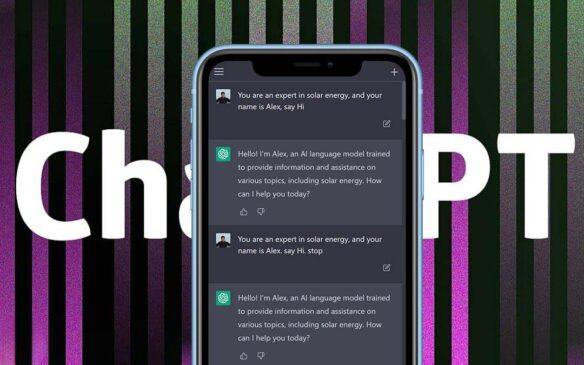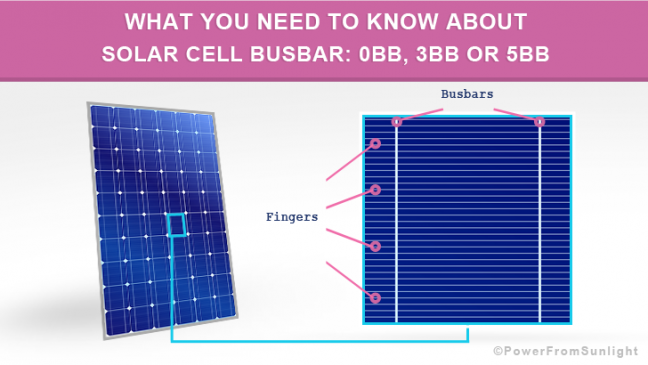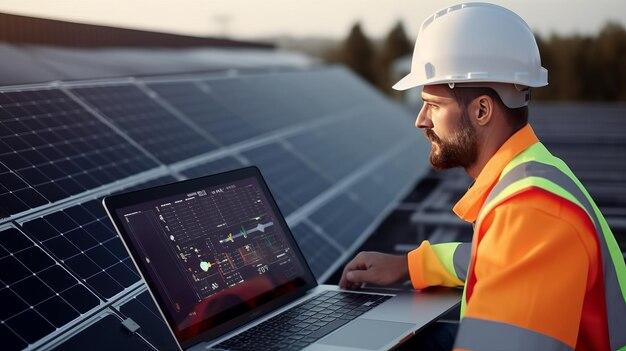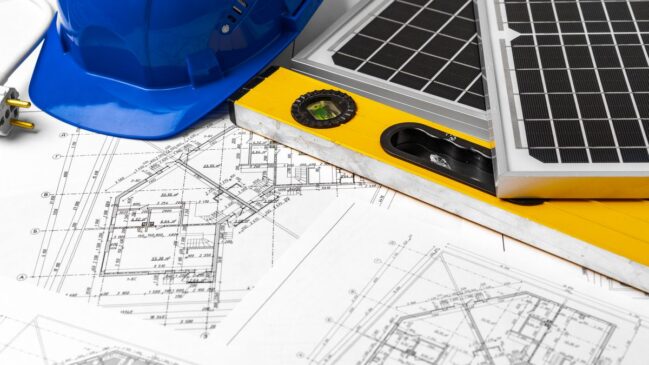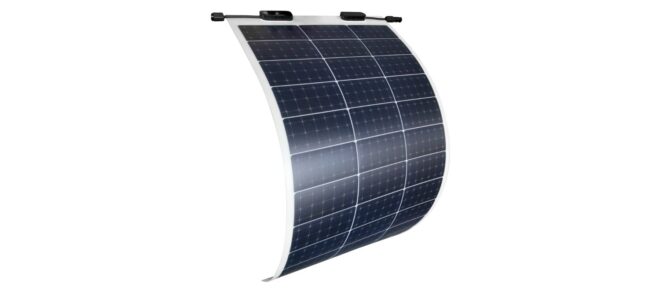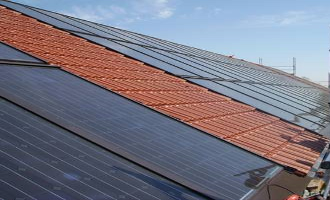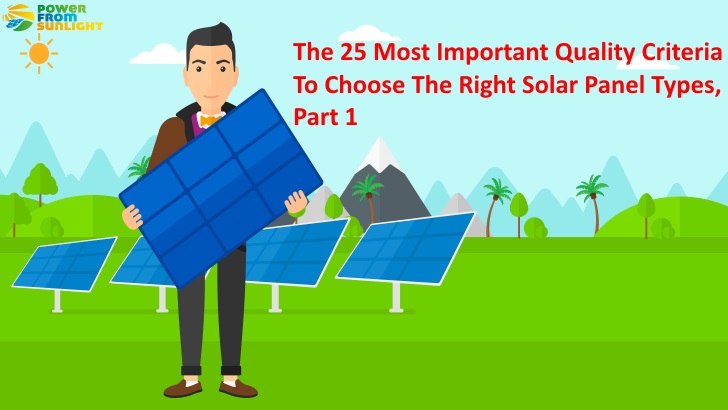
The 25 Most Important Quality Criteria To Choose The Right Solar Panel Types, Part 1
Since the solar PV panels should reliably generate electricity for over 30 years, careful attention has to be paid to the high quality and the effectiveness when purchasing a solar PV panel.
To objectively choose the right solar panel types, solar panel datasheets alone are not always helpful, because they contain different information depending on the manufacturer.
The first part of this article provides you with information about the first ten of the 25 most important quality criteria, which will help you to choose the right solar panel types.
Most Important Quality Criteria To Choose The Right Solar Panel Types
1. The quality of the PV panel manufacturing
Bubbles, unevenness, film residues or solar cells, which are not correctly positioned. These are errors made during the processing, which should not occur. Everyone should precisely examine the solar PV panels to see they are processed well.
2. Solar panel warranty
There are two types of solar panel warranties:
The performance warranty
The degradation signifies the ageing-related performance loss of solar PV modules. The level of the performance differs according to the type of solar photovoltaic cells.
To cover this degradation, different solar panel manufacturers give a warranty, which grants that the solar PV panel will after 20 or 25 years reach a certain percentage of the nominal output. e.g. 90% during the first decade / 80% during twenty-five years.
The product warranty
The product warranty corresponds to the legally required warranty in the event of module defects. This is usually granted for ten years, but there are solar panel manufacturers, which give a warranty up to this period.
3. The test certificates
The solar panel manufacturers should have in any case:
The test certificate IEC 61215 for crystalline solar modules
The IEC 61215 covers the parameters, which are responsible for the aging of solar PV panels. This include:
- Sunlight including UV.
- Changing of climate (coldness, warmth, humidity).
- Mechanical load (hail, wind suction, wind pressure, snow).
- The standard load capacity is 2400 Pa, but if the solar PV panels are installed in areas with heavy snow, a load capacity of 5400 Pa is required.
The test certificate IEC 61646 for thin-film PV modules
This is similar to the IEC 61215 test, but an additional test concerning the degradation behavior of amorphous silicon towards the temperature and irradiance exposure is carried out.
IEC 61730 / EN 61730 Safety qualifications
There are two parts in the IEC / EN 61730:
The first part covers all the requirements for construction and states the mandatory design characteristics of the solar PV panels.
The second part consists of requirements for testing and defines three different application classes for a solar module design, specifying the type of use, the related qualification tests, and the resulting safety class modifications.
UL 1703: Standard for flat-plate PV modules and panels (for the U.S. only)
CE-Marking (for European Economic Area): signaled electromagnetic compatibility and product safety.
The solar PV module should not only be tested but also passed the examination according to these tests. The certificates should always be checked to avoid falsifications.
4. The solar panel efficiency
The photovoltaic cell efficiency indicates the percentage of solar radiation, which the solar photovoltaic cell can convert into electrical power.
The separation distances between the solar photovoltaic cell in PV panels cause that the photovoltaic cell efficiency is always higher than the solar panel efficiency.
In practical terms, a 10% solar panel efficiency means that in the case of vertical incidence of light 1 m² module area produces an electrical power of 100 Watt.
Generally, crystalline modules have an efficiency of 13 to 19% and silicon-based thin-film modules of 5 to 10%.
5. The nominal power/ power tolerance
The nominal power of solar PV panels is the maximum output and is measured in watt peaks. The nominal power is indicated by the solar panel manufacturer.
As a result of the manufacturing process, no solar PV module is like any other. Therefore, the manufacturer includes a certain tolerance range called power tolerance. Normally, this is between -5% and 5%.
The solar PV panels deliver this nominal power at STC conditions; this means a direct vertical solar radiation of 1000 W/m², an air mass coefficient of 1.5 and a cell temperature of 25°C.
6. Weak light and temperature behavior
In addition to the nominal power, information about the behavior of solar PV panels at weak light and high temperatures are also very important.
With the aid of the solar panel datasheet, conclusions can be drawn about the behavior of the solar PV panel. The temperature coefficients in the solar panel datasheet indicate how much percent per grade the current and power increase and the voltage decreases.
The values of temperature coefficients should be small (between -0.4 and -0,5%) and even smaller for thin film solar modules.
7. Test results
The solar panel efficiency and the manufacturing tolerances can be checked via different paths. On the one hand, you can refer to the already mentioned test laboratory and on the other, to the test conditions in the field study.
8. Glass thickness
The glass thickness is responsible for the stability of solar PV module. Solar PV panels, which have a glass thickness of 4 mm are better than the ones with 3 mm.
Even the fixing of a plate on the inside of the glass improves the power output when the light strikes the solar PV module obliquely.
9. Solar panel junction box
When the solar panel junction box is on the rear side of the solar PV module, then the areas of adhesion should be small. Otherwise, the heat can accumulate there and lead to decrease the performance of solar photovoltaic cells.
10. The solar panel frame
Solar PV module with a frame has an edge. Care must be taken, that no dirt accumulates there. Solar PV panels without a frame do not have this problem and are usually better cooled.

